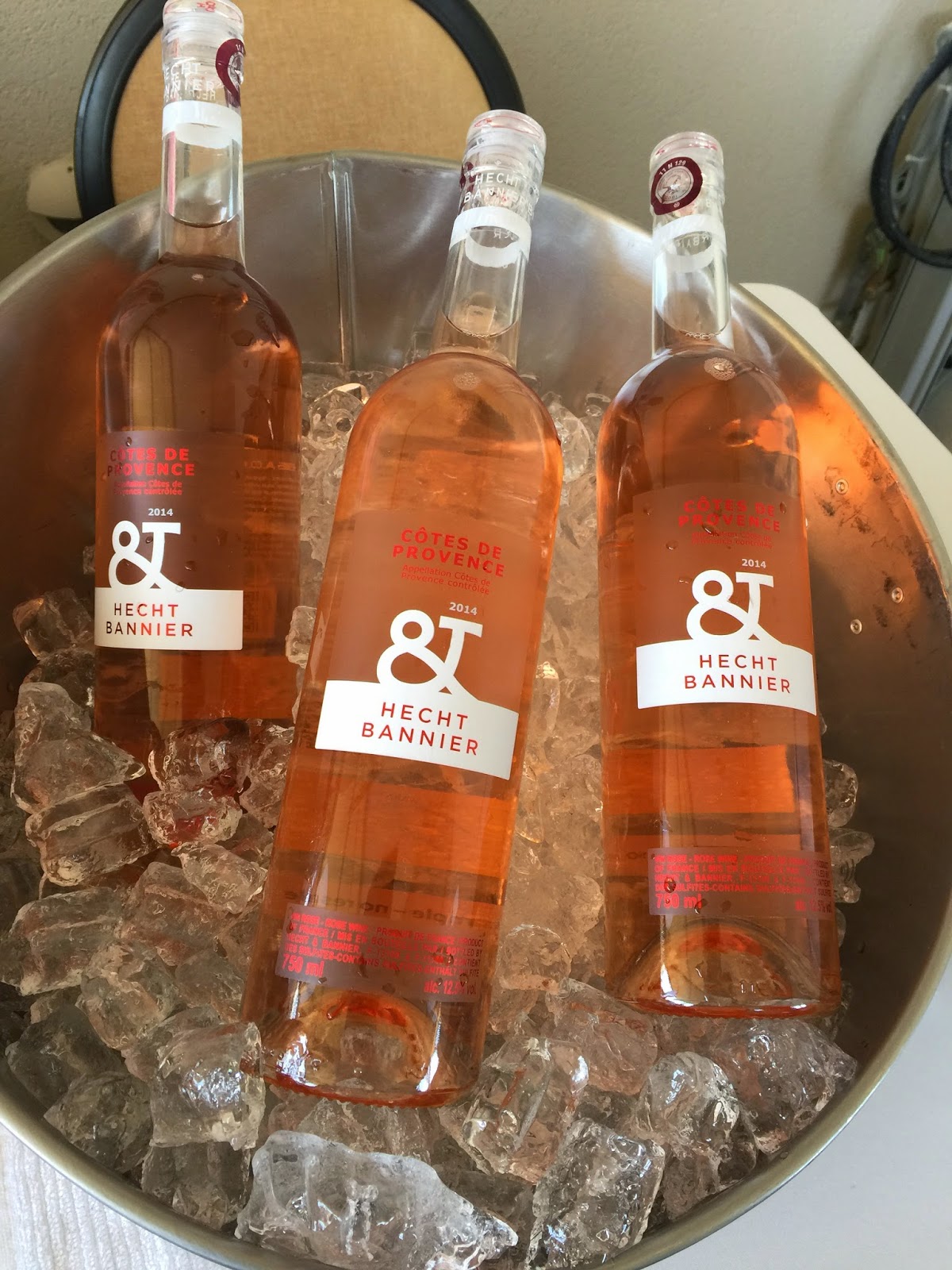 |
| Skinner vineyards in the Sierra Foothills grow both legacy and Rhone varieties
(Photo courtesy of Skinner Vineyards and Winery)
|
It was never Los Angeles real estate agent Carey Skinner's dream to open a winery, but circumstances, family, and "divine guidance" have made that happen. After discovering that the family was related to one James Skinner, a Scottish immigrant who landed in California during the Gold Rush and quickly established a ranch, mercantile store, and ... winery! ... things quickly fell into place for the Skinner family.
As she told those attending a recent LA Wine Writers luncheon at West Restaurant, Hotel Angeleno, Skinner's son and his wife were visiting Lake Tahoe back in 2006 and while perusing an old atlas noticed a dot marked "Skinners," so they turned off the freeway to investigate. Near Placerville, they found a plant nursery on the location, as well as an old wine cellar dated 1861. They also visited the pioneer gold rush cemetery and after talking with a docent discovered that James Skinner, the founder of Skinner Winery & Distillery in Green Valley, El Dorado County (in today's Sierra Foothills AVA) was a distant great uncle. In the year 1861 the winery was producing 15,000 gallons of wine and brandy to serve the flocks of Italian, Scottish and other thirsty immigrants who came to make their fortunes in the area.
Lead by patriarch Mike (who is "osbsessed with family" says his wife), who felt compelled to reclaim this family legacy, the Pacific Palisades-based Skinners got on a plane north with the intention of purchasing a 5-acre plot, but when they saw it was sold they instead purchased a different piece of land -- 25 acres with a house -- just a mile and a half from the original Skinner wine cellar. There was a tremendous amount of fear involved in starting up the winery, says Carey, who only gave up her real estate career at the end of 2014 to focus on the now fully operational vineyard and winery.
One of the goals with the newer Skinner Vineyards is to be true to the ancestral one, and that includes planting legacy vines, such as the preeminent California grape Zinfandel as well as such lesser known vines as Trusseau, Angelica, and "whatever was on probate records," says Carey. Back in the Gold Rush days, in an effort to hedge their bets with each vintage, the practice was to plant vines of all varieties side by side and create what is called "field blends."
 |
| "1861" label is homage to original J. Skinner Winery |
Pittinger, who had an exceptional pedigree, with stints at wineries in Sonoma and Australia. They also hired architects to design a state-of-the-art 12,000 square foot solar winery. "We hired people who knew what they were doing" says Carey, as the family's goal was to create "exceptional wine."
With soils close in composition to those in France's Rhone Valley, Skinner Winery chose to focus on Rhone varietals: Grenache, Syrah, and Mourvedre for reds, and Viognier, Rousanne, Grenache Blanc, and Picpoul for whites. From their vineyards in the Sierra Foothills, Skinner Vineyards faces challenges, being that they have 51 different microclimates in an area that can rise to a scorching 98 degrees on summer days and dip to 58 degrees at night. Skinner's first harvest was in 2010 (before that they used a custom-crush facility). Some years have been tough, for instance the cool 2011, when they lost their entire Viognier crop, but others have been spectacular, such as 2012 and 2014.
Sierra Foothills Rhone varietals have been receiving some good press and Skinner, along with other family-owned wineries there, may soon open a local chapter of the Rhone Rangers. This organization, which has no lack of absolute "wine geeks," has done a great job spreading the word about French varietals that do well in sunny California.
While I have yet to visit the Sierra Foothills AVA, it's on my list of must-see areas over the next year. Fortunately, Carey Skinner brought her fine wines to Los Angeles for our luncheon. Skinner wines can be purchased directly at www.skinnervineyards.com, and are to be found in some fine restaurants in San Francisco and New York.
 |
| Skinner wines are a true find! |
2012 Grenache: This is elegant, light, with big cherry and raspberry flavors, and a touch of underbrush and dry herbs.
2010 and 2012 "1861," a blend of several different grapes, predominantly Grenache, with Mourvedre, Syrah, Counoise, and, in the case of the latter, a touch of Viognier to give it a more voluptuous mouth feel.
2012 Mourvedre. Much of this small-production variety is committed to Girl and the Fig restaurant in Sonoma, Calif., so it's otherwise hard to find. But if you can, it's a lovely wine, unfined and unfiltered, aged in neutral French oak for 11 months.
2010 Syrah is a tannic but well-structured red, that should be laid down for a while, with a touch (8%) of Viognier, and a hefty 15.1% alcohol level.
Skinner's whites are generally around $26 while the reds are about $30. They also have a rose for about $18.
While Carey Skinner told us that the gold in the soil of the Sierra Foothills does not in any way affect the flavors in her wines, I can say that the wines themselves are a true find.
Until next time, Cheers!






